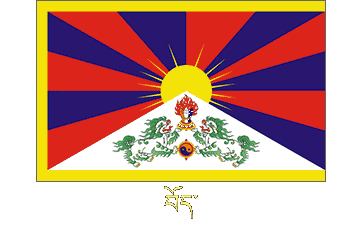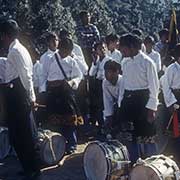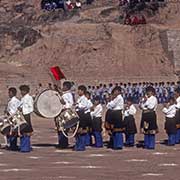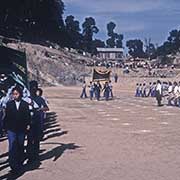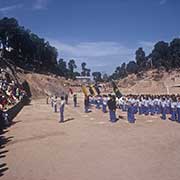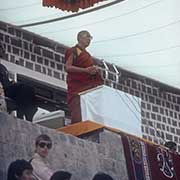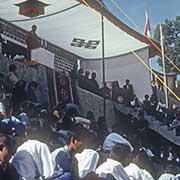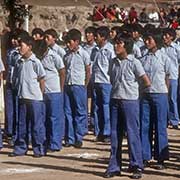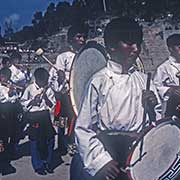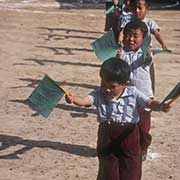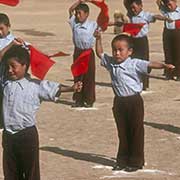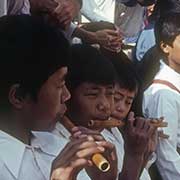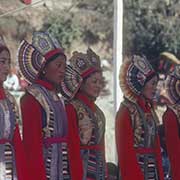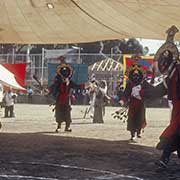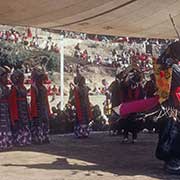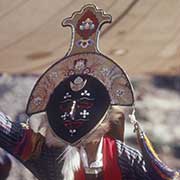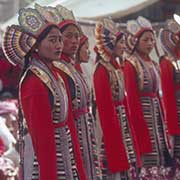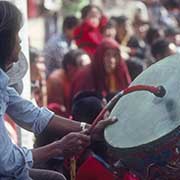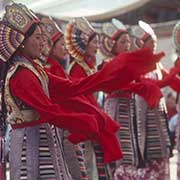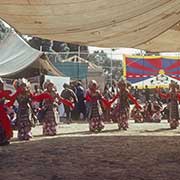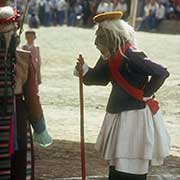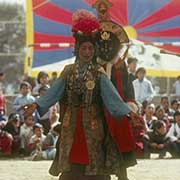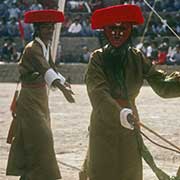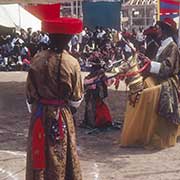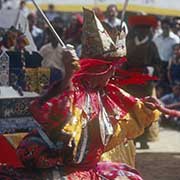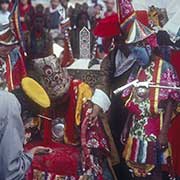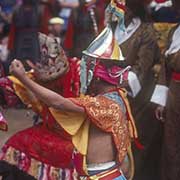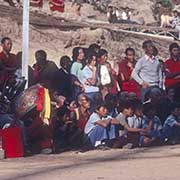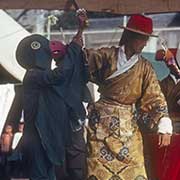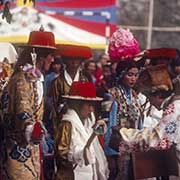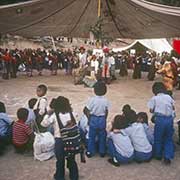Photos of the Festival of the Tibetan Children’s Village in Dharamshala, India
Festival of the TCV in Dharamshala
The Tibetan Children’s Villages (TCV) were established as integrated communities in exile to care for and educate orphans, needy, and refugee children from Tibet. Their main facility is at Dharamshala in Himachal Pradesh, North India: the residence of the 14th Dalai Lama and the seat of the Tibetan Government in exile.
you may then send it as a postcard if you wish.
Following the Chinese occupation of Tibet in 1950 and the Dalai Lama’s flight to India in 1959, it was found that many children were orphaned or separated from their families during their arduous escape from their homeland. The Dalai Lama quickly proposed establishing a centre for impoverished children in Dharamshala. On 17 May 1960, ill and malnourished children arrived from Jammu. They were looked after by Mrs Tsering Dolma Takla, the Dalai Lama’s elder sister, but soon the Indian Government assisted, and a nursery was established. It grew, with help from private donors and international aid organisations, and eventually, it became a small village with its own schools and homes.
On 27 October 1979, the Tibetan Children’s Village (TCV) in McLeod Ganj, Dharamshala, celebrated 19 years of existence. The event featured a drum band and other performances by the TCV children. His Holiness the 14th Dalai Lama delivered a speech outlining the achievements and growth of the network of facilities looking after Tibetan children across India.
The festivities included performances of Lhamo, or Ache Lhamo, the classical secular theatre of Tibet with music and dance; it is often named “Tibetan Opera” and has been performed for centuries. There is a narrative, a story with dialogue, comedy, and satire. The characters wear colourful masks and women dance, wearing long-sleeved garments and elaborate headdresses. The core stories of these theatrical plays mostly derive from ancient Indian Buddhist folk tales, the lives of important people and historical events from traditional Tibetan life. The ceremonies, dances, and rituals performed strongly reflect the period when Tibet was a mighty empire.
